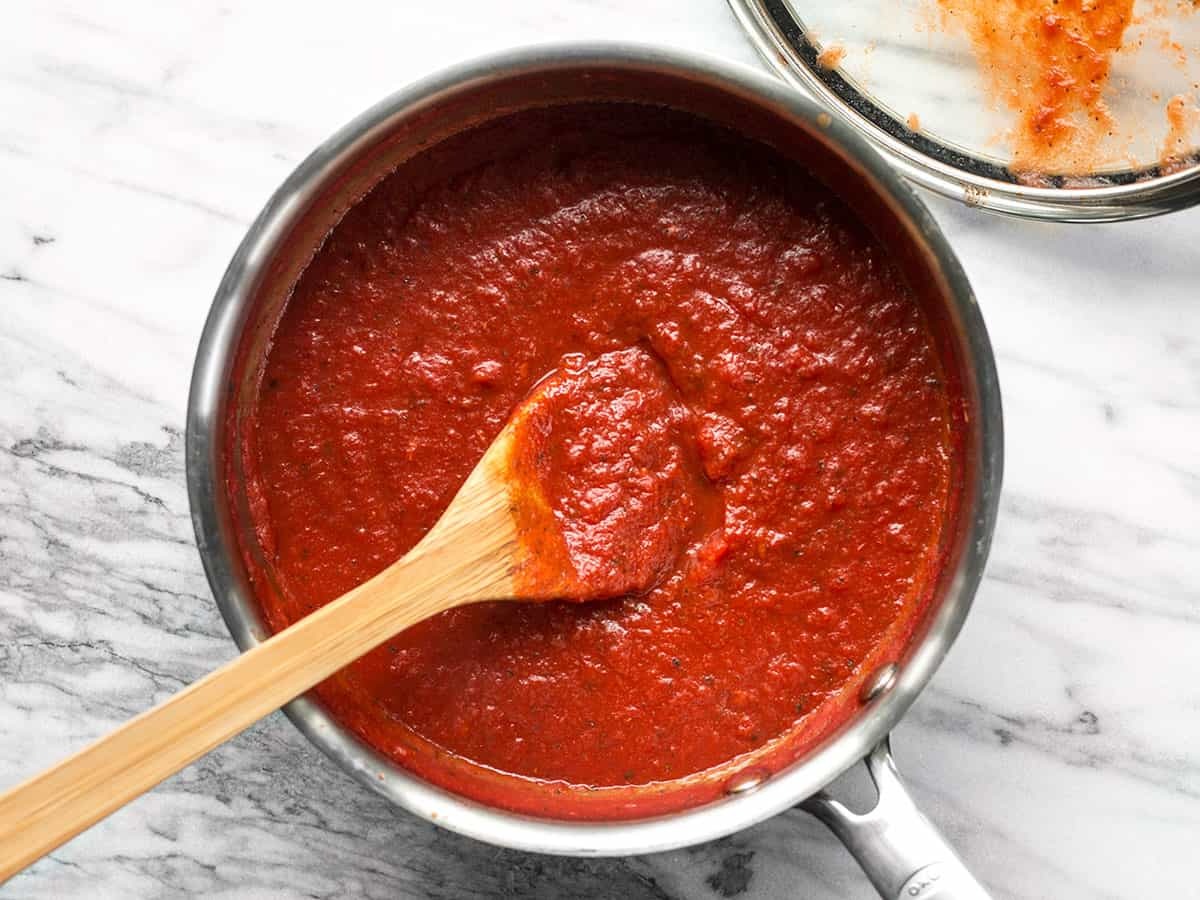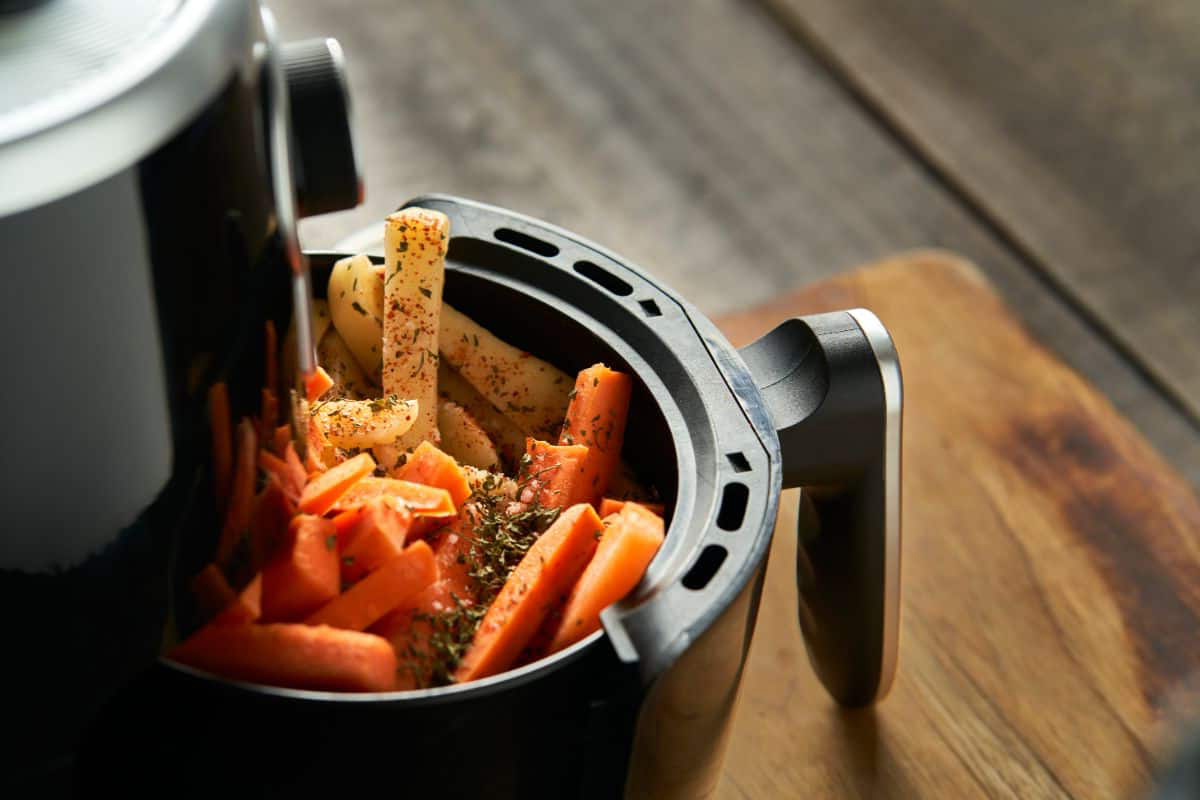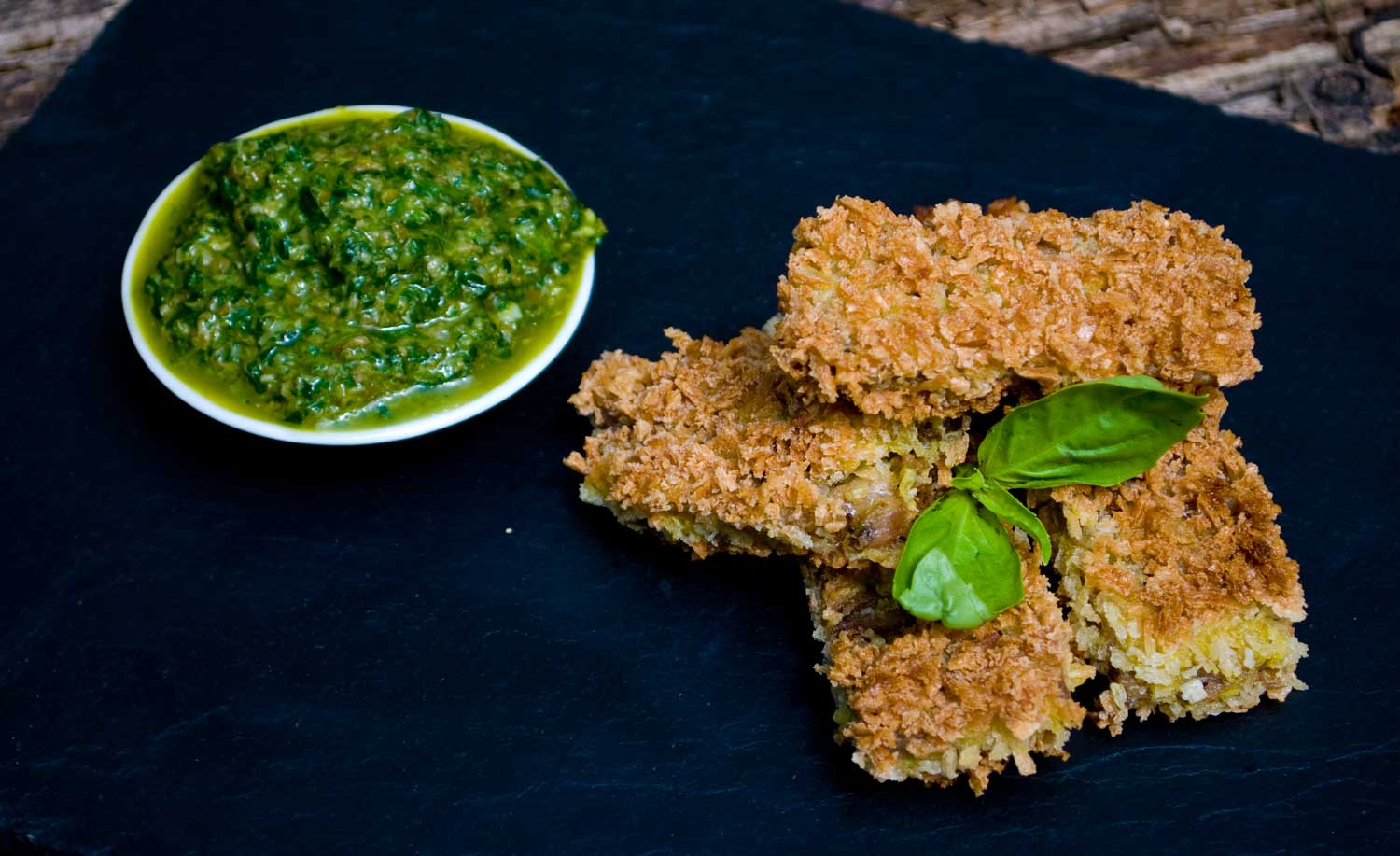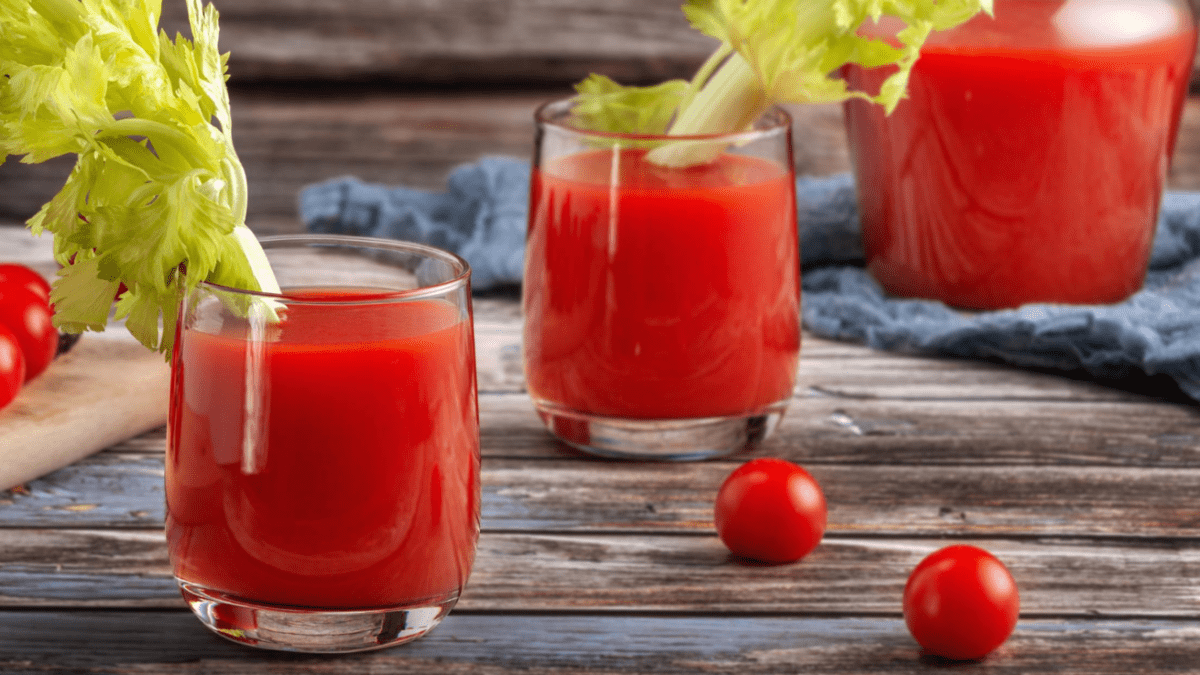Discovering the Unique and Delicious Romanesco Vegetable
Have you ever come across a vegetable that looks like it’s straight out of a science fiction movie? Well, that’s exactly the case with Romanesco! This mesmerizing vegetable is not only a feast for the eyes but also a delightful addition to any meal. Let’s delve into the fascinating world of Romanesco and uncover what makes it so special.
What is Romanesco?
Romanesco, also known as Roman cauliflower or Romanesque broccoli, is a captivating vegetable that belongs to the Brassica oleracea species, which also includes cauliflower, broccoli, and cabbage. Its unique appearance sets it apart from its close relatives, featuring a mesmerizing fractal pattern that resembles a natural work of art.
Appearance and Flavor
One of the most striking features of Romanesco is its mesmerizing appearance. The bright green vegetable is characterized by its intricate spiraled florets that form a mesmerizing fractal pattern. Its appearance has often been described as a natural approximation of a fractal, with each bud composed of a series of smaller buds, all arranged in a logarithmic spiral.
When it comes to flavor, Romanesco offers a delightful combination of nuttiness and mild, earthy undertones. Its taste is often likened to a blend of cauliflower and broccoli, making it a versatile ingredient that can be used in various culinary creations.
Health Benefits
Aside from its captivating appearance and delightful flavor, Romanesco also packs a nutritional punch. It is rich in essential nutrients, including vitamin C, vitamin K, fiber, and antioxidants. These nutrients play a crucial role in supporting overall health, making Romanesco a valuable addition to a balanced diet.
Some of the potential health benefits of Romanesco include:
- Immune Support: The high vitamin C content in Romanesco can help support a healthy immune system.
- Bone Health: Vitamin K, another key nutrient found in Romanesco, plays a vital role in bone health and blood clotting.
- Digestive Health: The fiber in Romanesco can contribute to a healthy digestive system and regular bowel movements.
- Antioxidant Protection: The presence of antioxidants in Romanesco may help protect the body from oxidative stress and inflammation.
Culinary Uses
When it comes to culinary applications, Romanesco is a versatile ingredient that can be enjoyed in various ways. Here are some popular ways to incorporate Romanesco into your meals:
- Roasted Romanesco: Toss the florets with olive oil, season with your favorite herbs and spices, and roast them until they are tender and golden brown.
- Steamed or Blanched: Romanesco can be steamed or blanched and served as a nutritious side dish, retaining its vibrant color and crisp texture.
- Raw in Salads: Add thinly sliced or grated Romanesco to salads for a crunchy and visually stunning addition.
- Stir-Fries and Sautees: Incorporate Romanesco into stir-fries and sautéed dishes for a unique twist on classic recipes.
Where to Find Romanesco
While Romanesco may not be as widely available as its more common relatives like cauliflower and broccoli, it can often be found in specialty grocery stores, farmers’ markets, and select supermarkets, especially during its peak season, which typically runs from late summer to early winter.
When selecting Romanesco, look for firm heads with vibrant green color and minimal blemishes. The vegetable should feel heavy for its size, indicating freshness and juiciness.
In Conclusion
With its captivating appearance, delightful flavor, and array of potential health benefits, Romanesco is truly a remarkable vegetable that deserves a place in your culinary repertoire. Whether you’re roasting it to perfection, adding it to a vibrant salad, or simply admiring its mesmerizing fractal pattern, Romanesco is a true culinary gem that never fails to impress.
So, the next time you come across this unique vegetable, don’t hesitate to bring it home and embark on a culinary adventure that celebrates the beauty and flavor of Romanesco!
Was this page helpful?
Read Next: What Is Vanilla Cake Mix?











